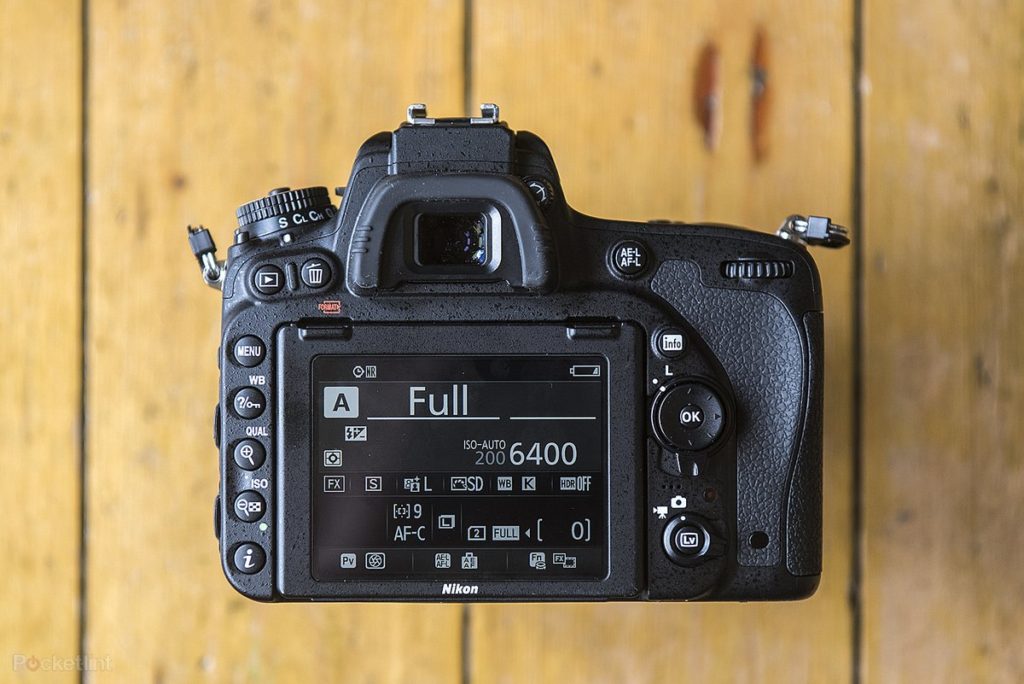The Nikon D750 is equipped with a 24 MP full-frame sensor and has a continuous shooting speed of 6.5 frames per second. Using this service, an overall sensor rating is determined, as well as sub-scores for low-light sensitivity (“DXO Sports”), dynamic range (“DXO Landscape”), and color depth (“DXO Portrait”) (“DXO Portrait”). The D750 has far superior picture quality than the 6D, which is the best of the two cameras under consideration. The advantage is based on a one-bit richer color depth, a 2.4-EV increase in dynamic range, and a 0.3-stop increase in low-light sensitivity, among other factors. DxOMark is a benchmark that evaluates the picture quality of camera sensors in a scientific manner.
Both cameras have outstanding autofocus systems, and it is difficult to predict which will prove to be superior to the other in the long run. While the Nikon D750 has more focus points, the Canon 6D Mark II has a far higher number of cross-type sensors, which should result in greater accuracy and reliability outside of the central region of the frame. Unfortunately, the autofocus sensors on both cameras are situated quite near to the center of the image frame, making them ineffective.
In addition to providing a better picture, a greater screen resolution makes it simpler to evaluate your images. An optical viewfinder enables the photographer to construct a picture while simultaneously seeing the precise image that will be captured by the lens. OVFs have no time lag and use no power, in contrast to electronic viewfinders, which may deplete a camera’s battery’s capacity. This review will compare the Nikon D750 and Canon 6D, two high-end DSLR cameras from Nikon and Canon, respectively.
DXO Mark provides accurate and consistent information on real sensor performance for a wide range of cameras. Color depth (“DXO Portrait”), dynamic range (“DXO Landscape”), and low-light sensitivity (“DXO Sports”) of camera sensors are all evaluated and scored by this service. An overall camera score is also published by this service. Among the two cameras under consideration, the Nikon D750 has a far higher DXO score than the Canon 6D Mark II, which will result in significantly superior picture quality. In order to achieve this advantage, 0.4 bits more color depth is required, 2.6 EV of greater dynamic range is required, and -0 stops of increased low light sensitivity is required. The physical sensor features and sensor quality results are summarized in the table below, and they are compared across a group of cameras that are comparable in design.
The 6D Mark II incorporates phase detect pixels built into the sensor, which allows for quick and accurate autofocus acquisition even while using the camera in live view mode. CMOS sensors are used in the construction of both cameras, which means they have the same underlying technology. As a photographer, I believe that the technical brilliance of the photographer will always outweigh the technology, unless possibly in circumstances when the camera is actually limited, such as in low-light field settings. I did a lot of study to get the heck out of my choice and got to a conclusion.
Before we get into our more in-depth comparison of the Canon 6D MII and Nikon D750, let’s take a quick glance at the primary characteristics of each camera. The fact that the 6D includes an integrated geolocation sensor and can capture GPS information in its EXIF data will be particularly valuable to travel and landscape photographers. In order to calculate the global median price for a product, we must first calculate the median value of all the prices that are accessible for that product across all marketplaces. The highest possible resolution for videos taken with the primary camera.
Nikon D750 was released to the market in September 2014, while Canon 6D was introduced to the market in February of same year. The D750 and 6D are 19 months apart in age, so we don’t anticipate to see a significant technological difference between the two cameras, but the younger D750 would still have an edge, particularly in sensor technology. Battery life varies depending on model. The 6D Mark II can get 1200 shots out of its LP-E6N battery, while the D750 can get 1230 shots out of its EN-EL15 power pack on a single charge.

After the introduction of DSLRs and the transformation of cameras into little computers, the bodies of cameras began to matter a little more, although not by much. Now, depending on what you’re doing, a decent body might be just as important as a good lens. Because the Canon 6D MII and the Nikon D750 have similar sensor sizes, when utilized with the same focal length and aperture, they will allow the same amount of control over depth of field. On the other hand, because the Nikon D750 has a 7 percent larger pixel area (35.66m2 vs 33.19m2) when compared to the Canon 6D MII, it has a larger pixel area to collect light and, as a result, has the potential to produce images with less noise in low light / high ISO situations than the Canon 6D MII. It should be noted that the above size and weight comparisons are rather inadequate since they do not take into account the interchangeable lenses that are required by both cameras.
The bigger the sensor, the more light is captured by the sensor, resulting in greater picture quality overall. A hot shoe may be used to connect an external flash, as well as light meters, viewfinders, rangefinders, and other accessories to a camera or other device. There are now 107 lenses for Nikon F mount and 77 lenses for Canon EF mount that include image stabilization. The 6D Mark II is equipped with an articulating LCD display that can be rotated to face the user.
However, the Canon 6D has just 11 focus points, with only one of them being a cross-type focus point in the middle of the camera. Despite the fact that the Nikon D750 was announced in September 2014, at a period when the technology was already available on the market, none of the bodies had a touch-screen LCD screen. When it comes to professional photography, the single SD card is a deal breaker for me; I would never shoot with only one memory card. Another key consideration is whether or not picture stabilization is available.

